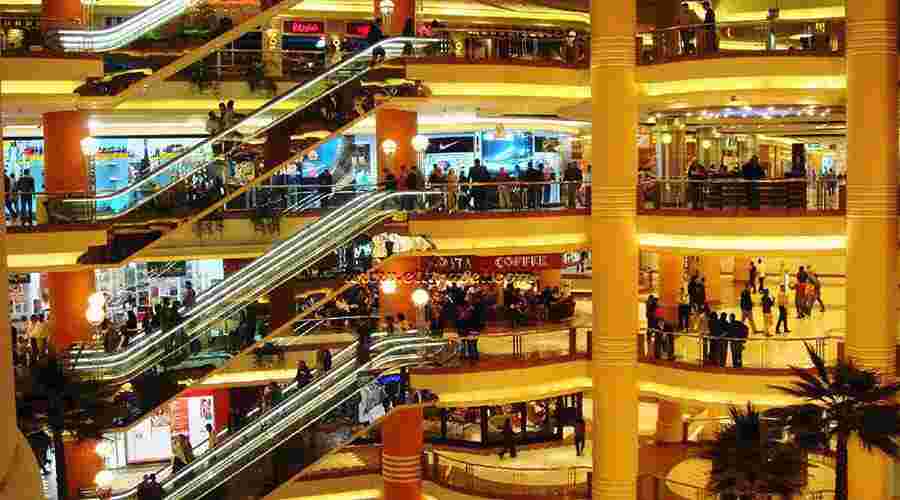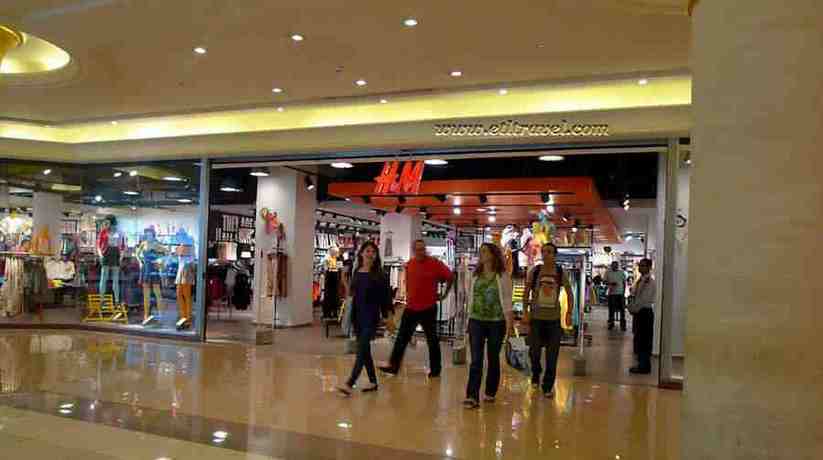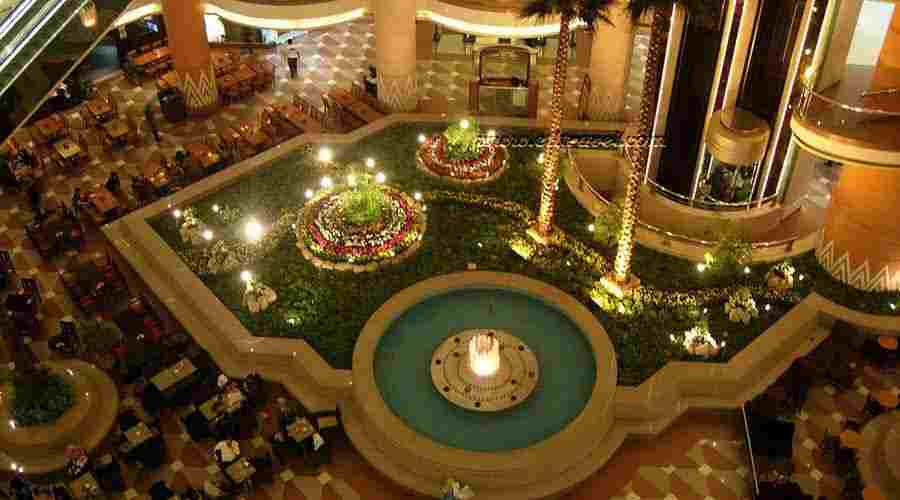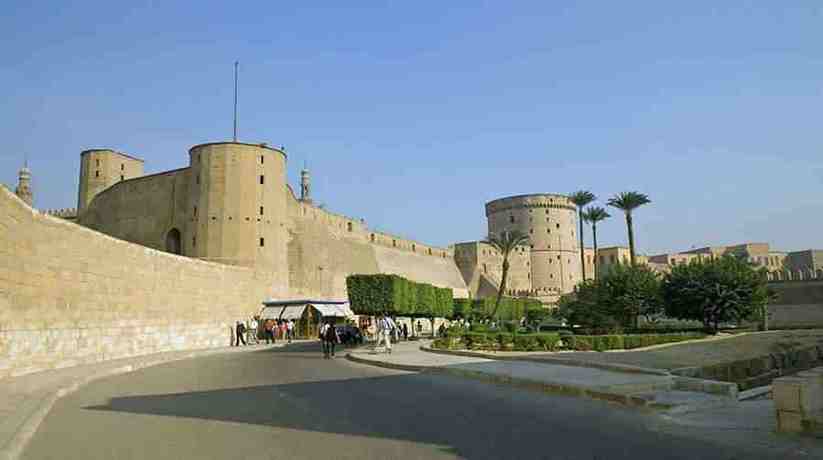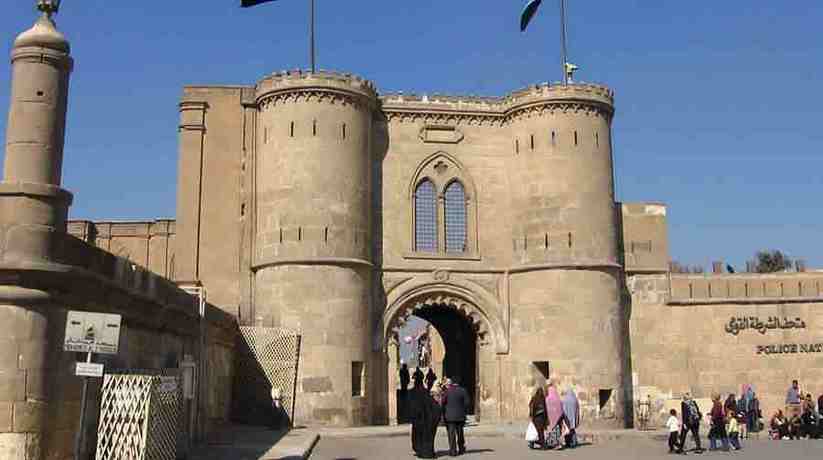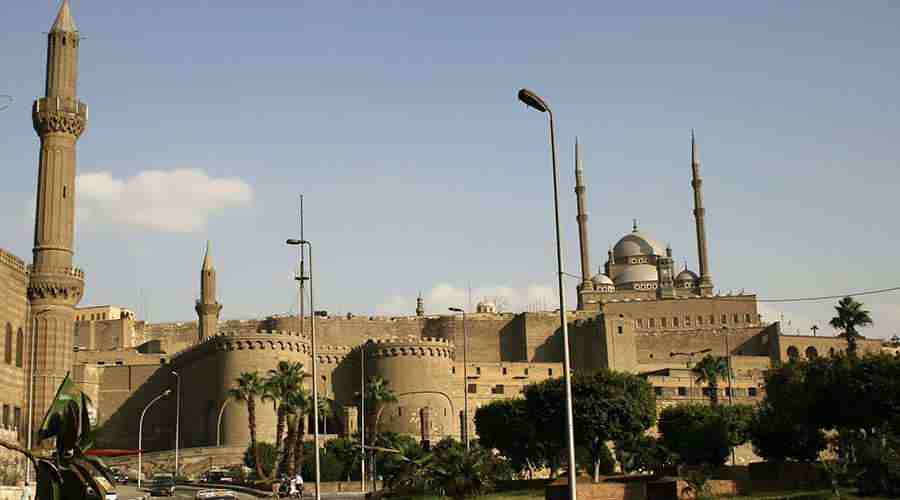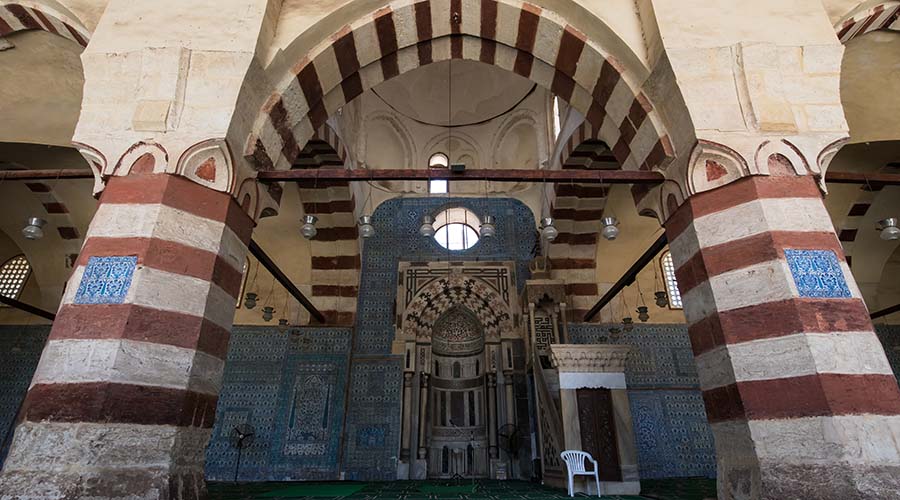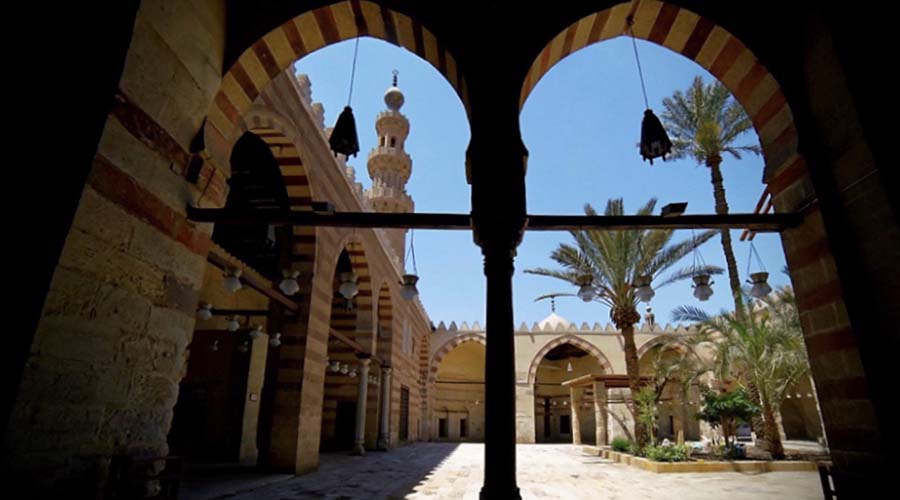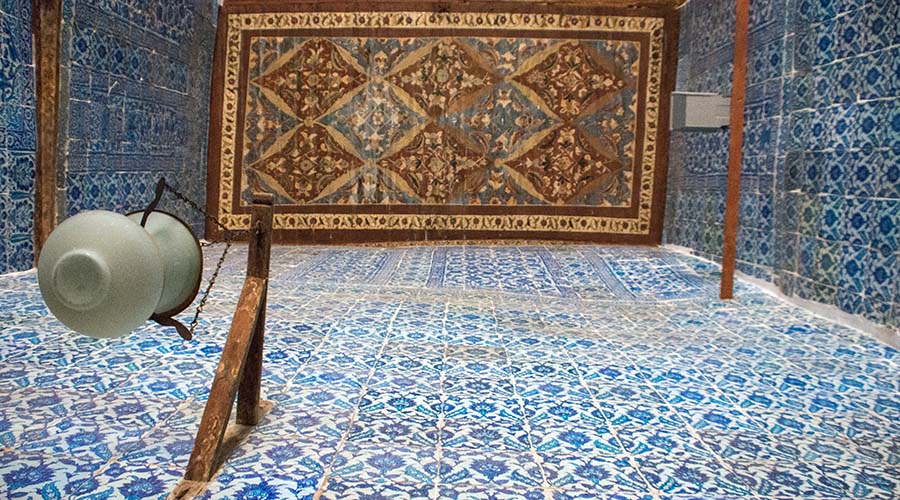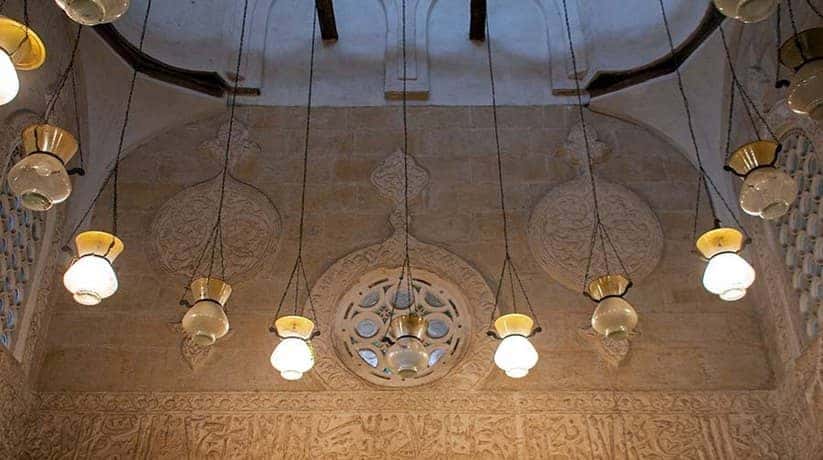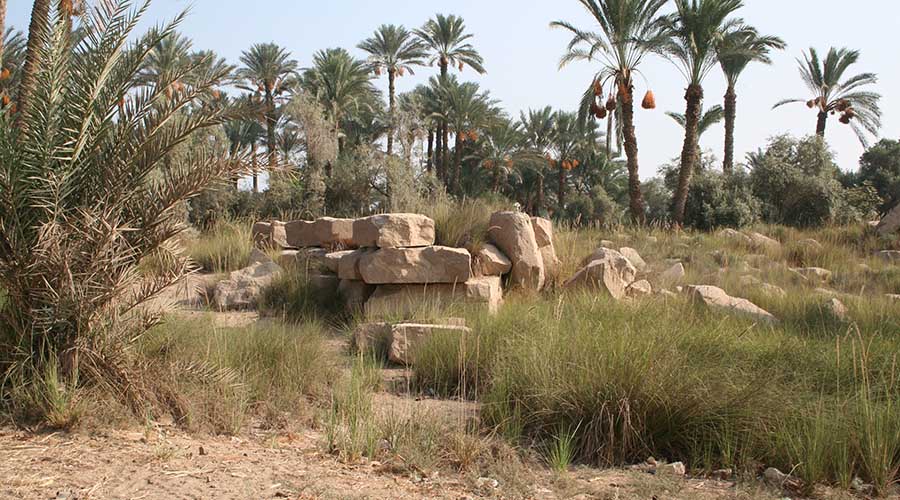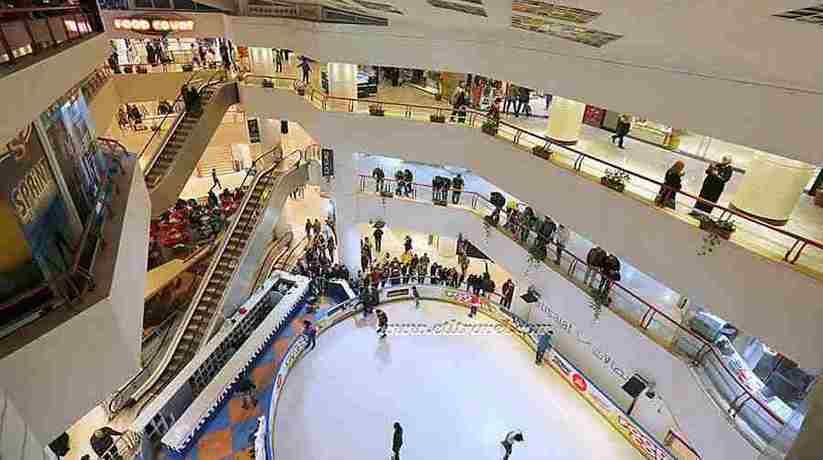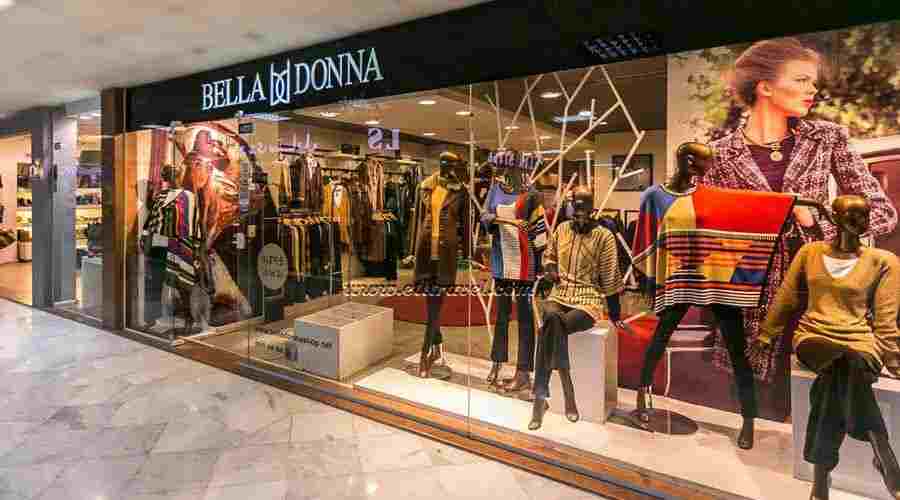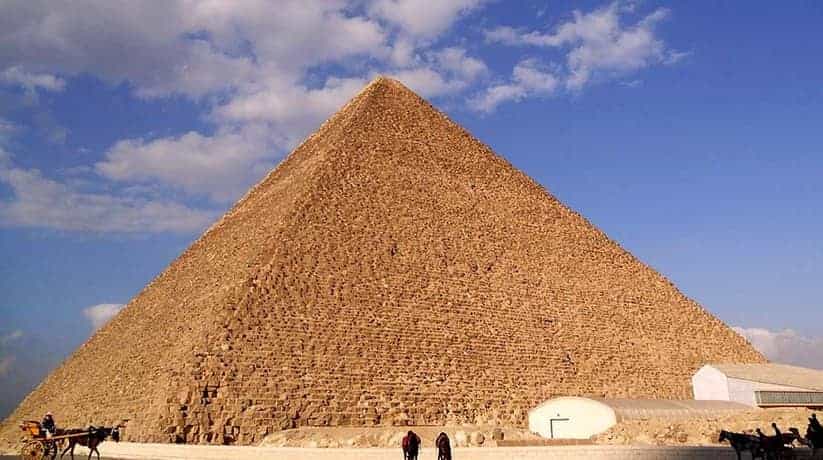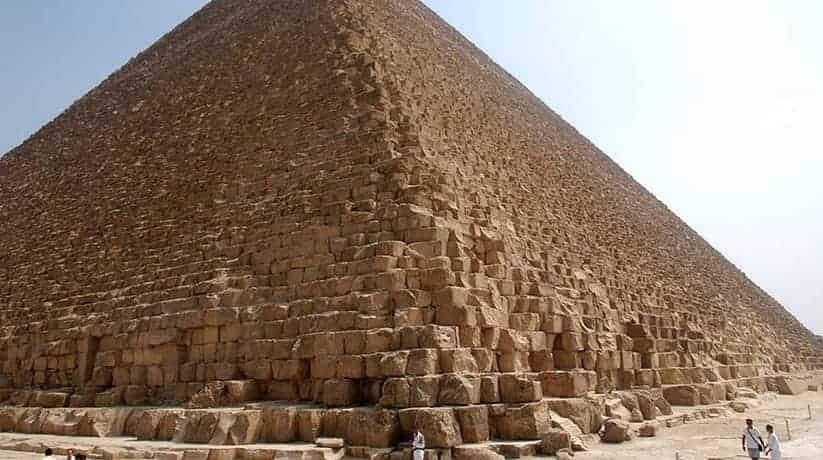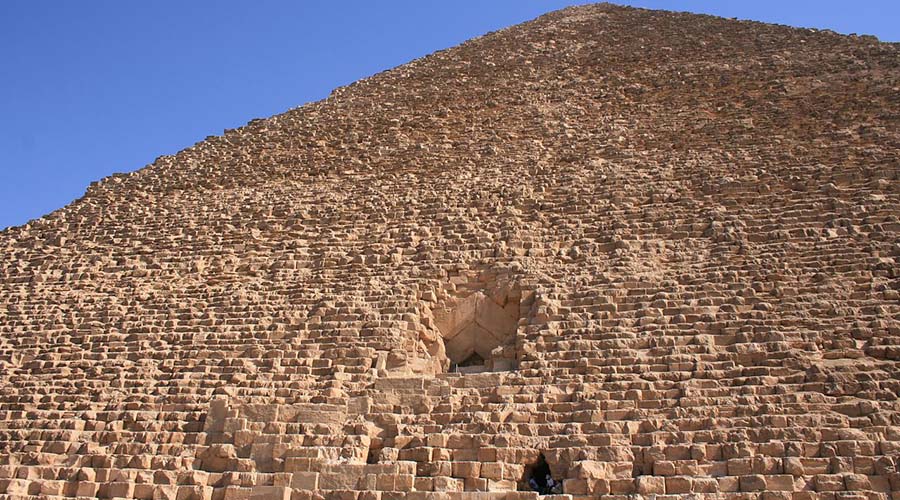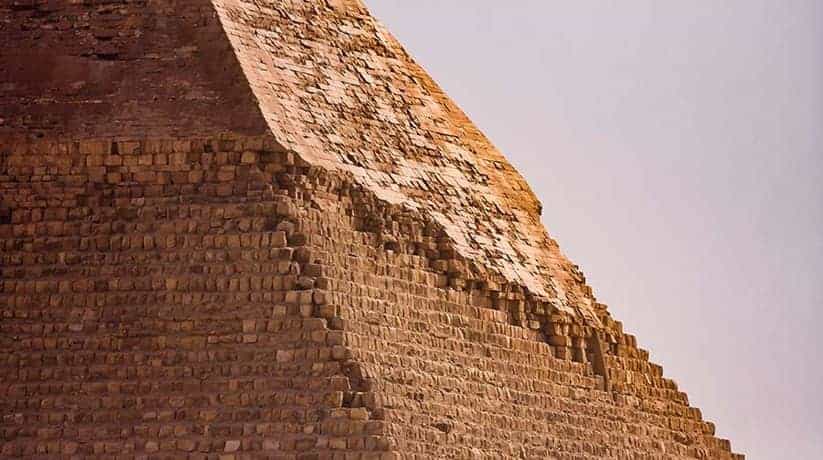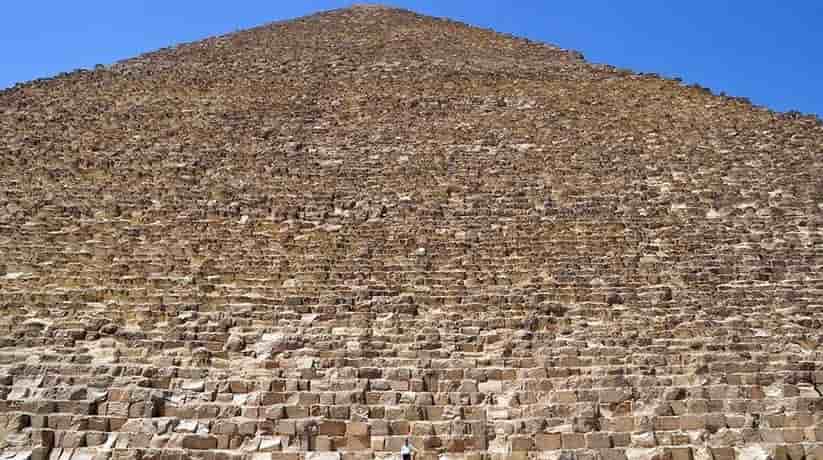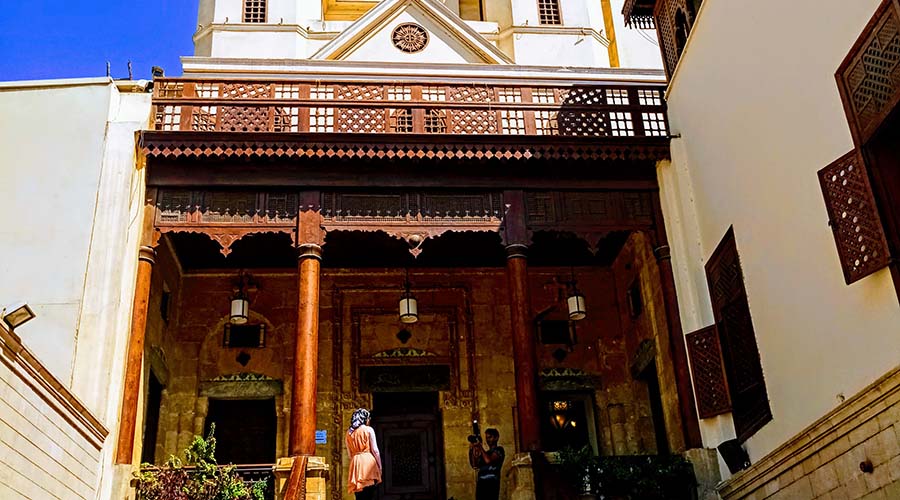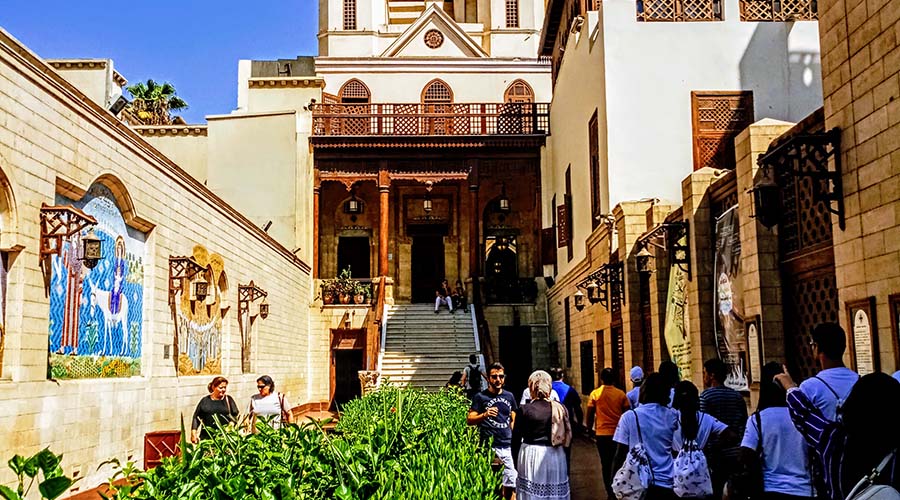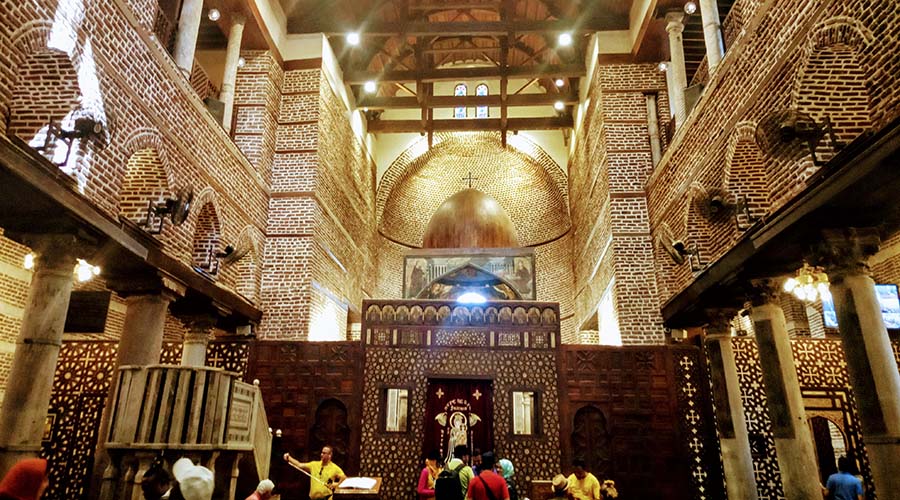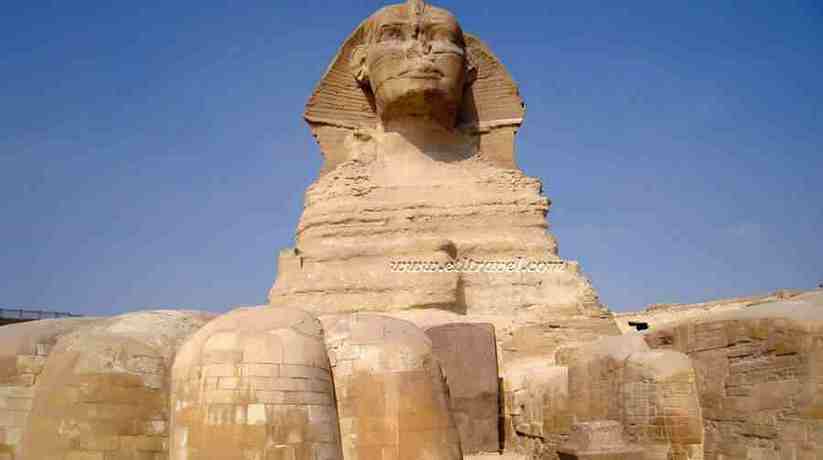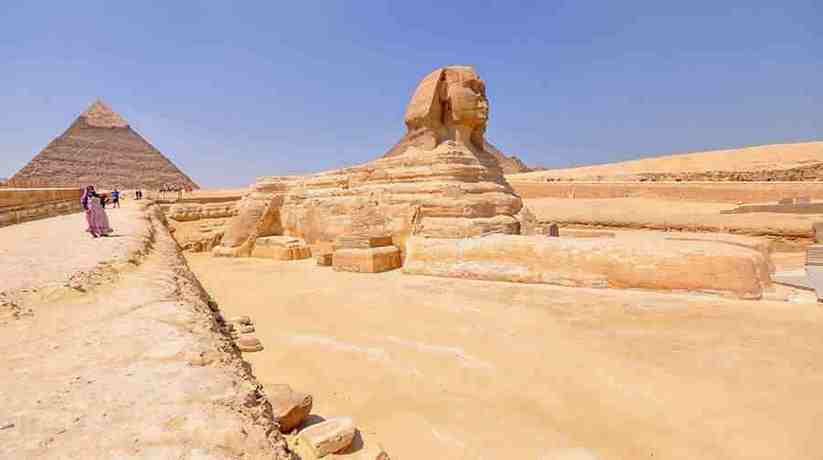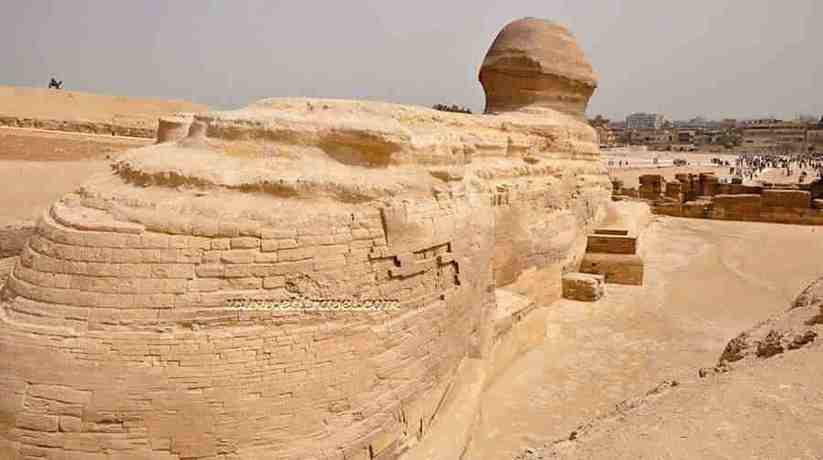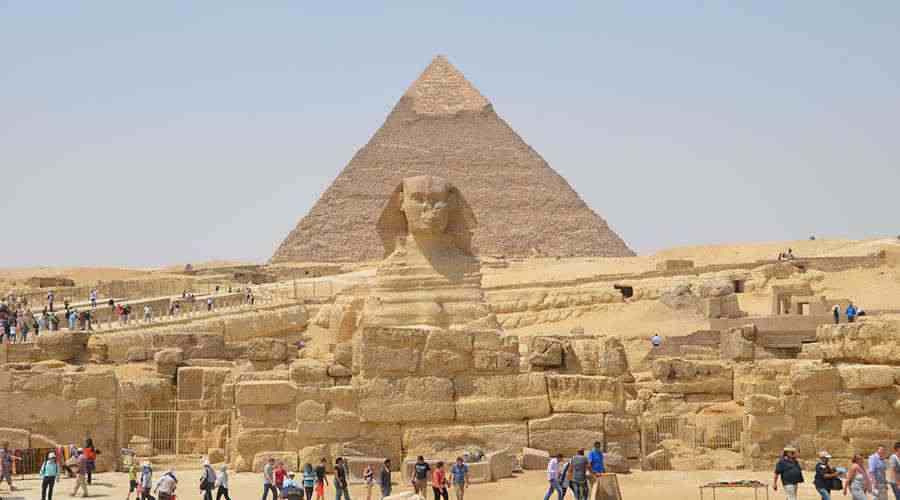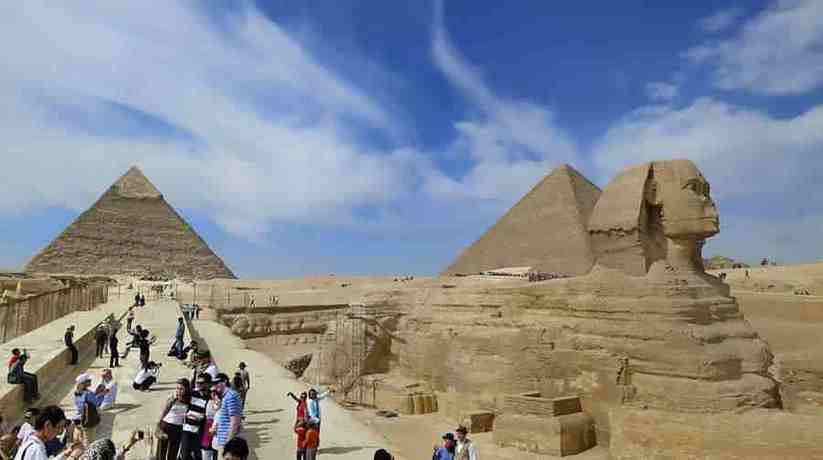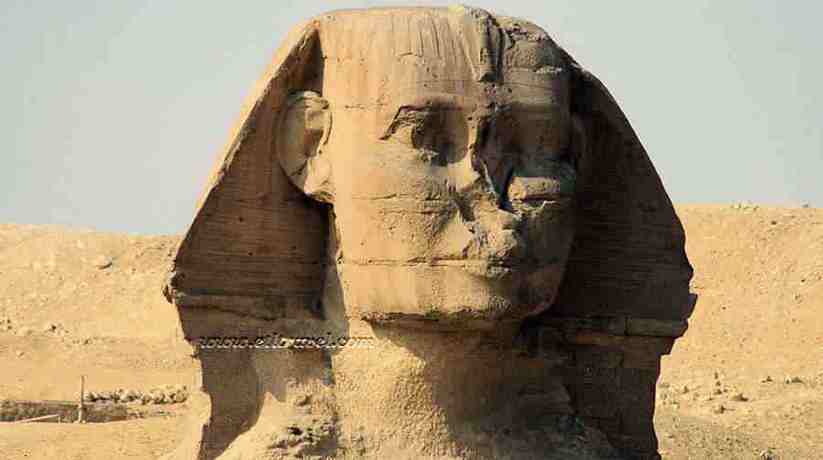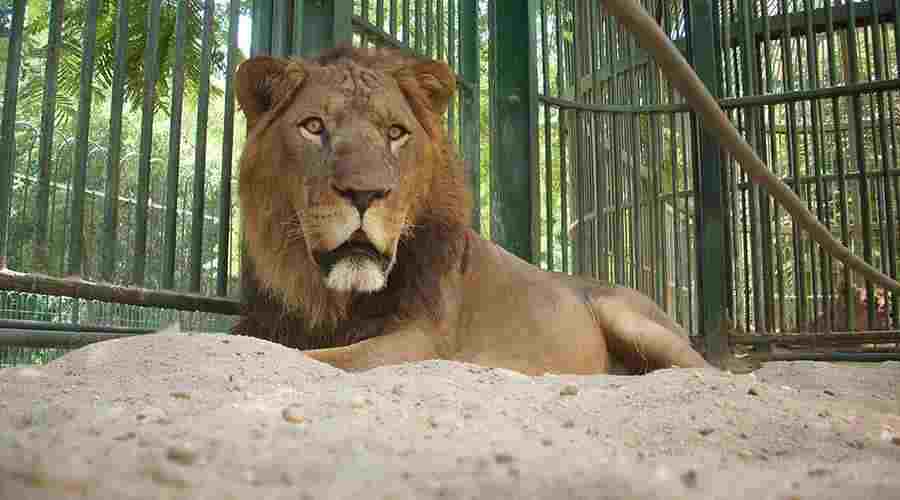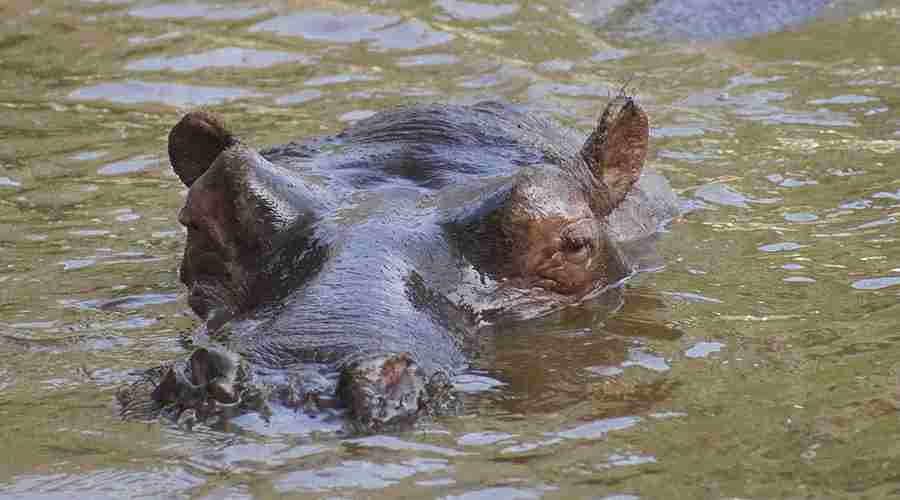Beni Hassan tombs El Minya, Egypt tours, booking, prices
Beni Hassan tombs are an important group of rock-cut tombs. In fact, Beni Hassan tombs located in a small village which holds the same name in El Minay, Egypt. El Minya is a big city which located about 224 kilometer south of Cairo. Moreover, the tombs carved into the high limestone cliffs on the east bank of the Nile. In fact, the tombs date back to Dynasties XI and XII. Moreover, there are a few smaller and less elaborate ones which belong to Dynasty VI. In fact, it was when provincial rulers establish their independent power.
Beni Hassan tombs reached via a long steep flight of stone steps up the hillside. Moreover, it is from where there is a magnificent view up and down the Nile Valley. The most important of the tombs belonged to provincial rulers of the 16th Upper Egyptian Nome. The tombs feature 39 tombs on the upper part of the cliff. In fact, only 12 tombs decorated. Moreover, only four of the tombs currently opened to the visitors. It is along with another tomb which not decorated tomb. In fact, these tombs features the distinctive style of mortuary art characteristic. They are of the early Middle Kingdom with their painted scenes. In fact, the scenes are of daily life, recreation and military activities. The location of the cemetery on the east bank of the Nile is somewhat unusual.
Further details about Beni Hassan tombs:
In fact, the west of Beni Hassan tombs site was the domain of Osiris. Furthermore, the necropolis recorded by several early explorers. Moreover, between 1890 and 1894 the site of the tombs surveyed by Percy Newerry. In fact, it was on behalf of the Egypt Exploration Fund. John Garstang excavated some of the Dynasty VI to Dynasty XII of the tombs. In fact, it was during 1902 to 1904. Nina de Garis Davis copied wall-scenes in 1931. In the early 1980 some of the Dynasty XII tombs cleaned of their grime. In fact, it was by the Egyptian Antiquities Organization. Moreover, the Egyptian organization restored the wall paintings to their original bright colors.
Tomb of Baqet III at Beni Hassan tombs:
The tomb of Baqet III is the earliest of Beni Hassan tombs which are open. In fact, Baqet was the provincial governor of Menat Khufu (modern El Minya). It was during the later years of Dynasty XI. A large rectangular cult chapel lies behind the plain tomb facade. Moreover, it is with two slender lotus columns. In fact, the columns separate the front part of the chapel from the rear. The north wall of the tomb has many painted scenes which depict Baqet and his life. In fact, his life was in the provincial community. Furthermore, the scenes also include the desert hunt with many types of animals. Moreover, the scenes also include industrial scenes of weaving and spinning. They also include goldsmiths and sculptors which mingled with scenes of country living.
In fact, the scenes also include hunting and fishing in the marshes. Moreover, the scenes also include catching birds and gathering papyrus. Battle scenes shown on the east wall, along with wrestlers. In fact, they seem to be a feature of the decoration in tombs in this period. The south wall depicts more traditional funerary scenes. In fact, it is with the deceased’s statue which dragged on a sledge to the tomb. Moreover, it accompanied by offering-bringers. In fact, it also includes recreational scenes of sports and playing senet. There is also a small L-shaped statue chamber in the eastern side of the south wall.
Tomb of Khety at Beni Hassan tombs:
Khety, also a Dynasty XI governor, was the son of Baqet. The architecture of his tomb is like that of his father’s. Moreover, the tomb features six slender closed lotus pillars in the rear part. The east and north walls of the tomb decorated with scenes. In fact, the scenes depict the fowling and the papyrus harvest. Moreover, the scenes also depict hunting in the desert and local industries below. Khety and his wife shown presiding over the activities. Moreover, they watch women dancing and playing games. Clappers, dancers and musicians shown before Khety’s statue. Moreover, they dragged on a sledge.
On the east wall there are long scenes of men who practice unarmed combat or wrestling. The movements can seen easily because the bodies painted in contrasting shades. Towards the left-hand side, battle scenes show a fortress under siege. In fact, it is with piles of slain bodies towards the right-hand side. The south wall contains agricultural scenes including wine-making, ploughing and processions of colorful cattle. The funeral rites also depicted with the traditional boats. Moreover, there also offering-bringers and butchers on the west wall.
Tomb of Amenemhet at Beni Hassan tombs:
The tomb of Amenemhet, who called Ameni, dates back to Dynasty XII. In fact, the tomb is a little more elaborate than the earlier tombs. The tomb-owner’s biographical text dated back to year 43, month 2 of the season of inundation. Moreover, it also dated back to day 15 of Senusret I’s reign. Amenemhet was the last holder of the hereditary title. In fact, the title was “Great Overlord of the Province of the Oryx”. The architecture of Amenemhet’s tomb differs from the earlier style. In fact, the tomb has a courtyard and a portico with two columns. The columns are before the entrance to the tomb chapel. In fact, the tomb chapel is large and rectangular. Moreover, it contains four wide polygonal pillars and two burial shafts.
An decorated ceiling divided into three naves, each with a vaulted roof. The wall-paintings contain themes like to the earlier tombs. The paintings features agriculture and industries and hunting in the desert scenes. Moreover, the scenes also include military activities and funeral rites with offering-bringers. A large offering list appears across the top of the south wall. In fact, it is before Amenemhet who sits with his wife at a table. The table contains all the produce of his lands. These later tombs also contain a small statue chamber, to the east beyond the tomb chapel. Furthermore, the tomb house the remains of a statue group. In fact, the statue depicts the owner with his wife and mother, with an offering table in front.
Tomb of Khnumhotep II at Beni Hassan tombs:
In fact, Khnumhotep II was a successor of Amenemhet. Moreover, he occupied one of the latest of the Middle Kingdom tombs which built at Beni Hassan. Although he was a provincial governor, his power was less than that of his predecessor. In fact, the Middle Kingdom government of Egypt became stronger. His titles include “Hereditary Chief” and “King’s Acquaintance”. Moreover, his titles also include “One who Beloved of his God’. The tomb has four polygonal columns in the tomb-chapel. In fact, they are behind the impressive facade and portico. The same themes continued in the wall decoration too. But in fact, the scenes are more colorful and lively. They make the tomb perhaps the most interesting and distinctive of the Beni Hassan tombs.
On the north wall there is a famous scene. In fact, the scene depicts a caravan of Asiatics in their striped robes. They bring gazelles and other items to trade. Two especially beautiful scenes dominate the east wall which depict Khnumhotep with his family. Moreover, they depict fowling and snaring birds in the marshes in a papyrus skiff. In fact, the tomb features autobiographical text which well preserved. Moreover, the text can seen running along the base of the walls and painted to simulate granite. The tomb also has statue chamber behind an elaborate doorway. In fact, it is on the east side of the tomb-chapel. Moreover, it contains the lower part of a statue of the deceased.
How to get to Beni Hassan tombs:
The tombs located on the east bank of the Nile, about 20 km south of El Minya. Moreover, the site of the tombs features a new rest-house. In fact, this rest house recently constructed and serves good coffee. Moreover, the tombs site has a ticket office at the entrance to the site. Tickets of Beni Hassan tombs cost 80 Egyptian pound. Photography no longer allowed inside any of the tombs.
Nearby attractions Information, tours and Online Booking
More of Egypt’s attractions




